Top 7 Numbers With Exceptionally Fascinating Histories
What is in a number? Clearly, a great deal. While it's impossible that we've at any point given much idea to our numbers and numeral framework, it has an entirely intriguing history.First, the numeral framework pretty much everybody perusing this most likely uses is known as the Arabic numeral framework or, morerecently, the Hindu-Arabic numeral framework. The first name is a misnomer, since it was concocted inIndiaand not in the Center East.[1]However, they're called "Arabic numerals" since Europeans thought they were developed by the Arabs.It's not the simply the numeral framework that has an interesting starting point; singular numbers likewise have their own particular intriguing and out and out shocking histories. Here are ten of them.
1)'Billion'
A billion, a one took after by nine zeros, is athousand million. Be that as it may, barely four decades prior, "billion" alluded to two unique numbers. The first is a thousand million (a one and nine zeros), which remains a billion today, while the other is a million (a one and 12 zeros), which we call a trillion today.This duality is expected todifferencesbetween American and BritishEnglish. American English has constantly perceived a billion as a thousand million, while English used to perceive a billion as a million. In the meantime, English perceived a thousand million (the present billion) as a milliard.Likewise, there were two trillions. The first is the million (a one and 12 zeros), which American English has constantly perceived as a trillion, while the other was a million (a one and 18zeros), which English perceived asa trillion. In any case, all these changed in 1974, when English dumped the milliard and their meanings of trillions for that of the American Hows.[2]
2). 40.
do you spell 40: "f-o-r-t-y" or "f-o-u-r-t-y?" Clearly, it's the previous. This has frequently confounded even nativeEnglishspeakers, who in some cases include a "u" to "forty." The purpose behind this disarray isn't outlandish. Most speakers expect that "forty" is gotten from "four," which has a "u." More awful is that "fourty" hasn't generally been off-base and was previously the right spelling of 40.To clarify the difference, we first need to comprehend that "forty" was not gotten from "four." "Forty" was gotten from Early English "feowertig," which originated from "feower," which signifies "four," and "tig," which signifies "gathering of tens." "Four" itself was "feower." "Feowertig" and "feower" soon transformed into "fourty" and "four."However, this changed between the fifteenth and seventeenth hundreds of years, amid the Incomparable VowelShift, which saw somewordsof the English dialect lose their vowel sounds and change in elocution. It was around the sixteenth century that "forty" first showed up. By the 1800s, "forty" seemed all the more much of the time and soon overwhelmed "fourty" to end up noticeably the standard spelling.
- Million
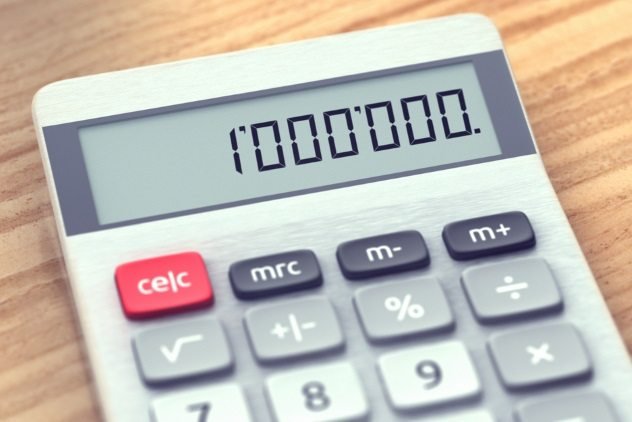
"Million" was brought into theEnglish dialect in the fourteenth century. The name was gotten from the Old Frenchmillionand Italianmillione("great thousand"), which were both gotten from the Latinmille, which signifies "thousand."Englishlacked a formal name for "million" for quite a long time on the grounds that nobody had any requirement for it. Obviously, nobody had belonging or whatever that expected them to tally in millions.However, this changed when individuals began checking inmillions. To start with, they swung to the thousand, which had heretofore been the most elevated numerical incentive with an English name. "Thousand" was called "þusend," which signifies "solid hundred" with "þ" being the now-wiped out letter calledthe thistle. A million was called "þusend" (thousand) untilmillionwas acquired from Old French.
- Googol
A googol is one trailed by 100 zeros. In 1996, the web index we know today as Google was called BackRub. In 1997, Larry Page, one of Google's fellow benefactors, began pondering with a few companions on what to rename the internet searcher. One of the companions engaged with the meeting to generate new ideas was Sean Anderson, who proposed the name "Googolplex," which alludes to one followedby a googol of zeros. In any case, Larry decided on plain old googol.Sean checked the Web to see whether "googol.com" had been taken. Nonetheless, heerroneously spelled "googol" as "google." Larry enjoyed the spelling, andGooglewas conceived. What many don't understand is that "googol" and "googolplex" were authored by a nine-year-old in 1920. The kid was Milton Sirotta, the nephew of mathematician Edward Kasner, who cameup with the name after Kasner asked him what he could call a one took after by a 100zeros.Sirotta proposed that exclusive asilly namelike "googol" could allude to such number. In the meantime, he recommended the name "googolplex" for one took after by the same number of zeros as whoever was composing it out got drained. In any case, Kasner later characterized a googolplex as one took after by a googol of zeros.
- Pi
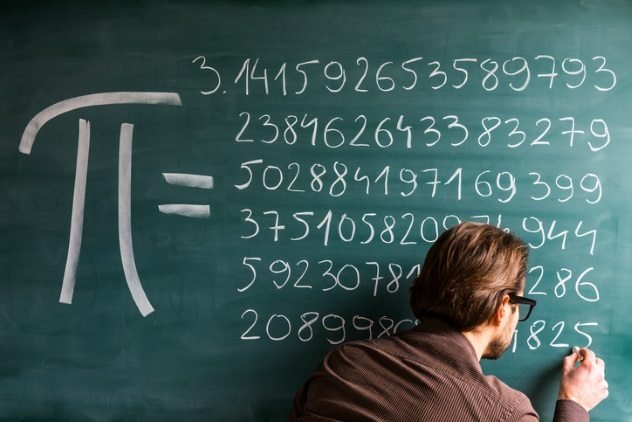
Pi is the scientific steady for the proportion of the periphery of a circle and its distance across. It is an interminable number however is regularly adjusted to 3.14 or 3.142. The estimation of pi has perplexed and intrigued people since no less than 1900 BC, when old Babylonians computed it to be 3.125, while antiquated Egyptians assessed it to be 3.16. Archimedes of Syracuse is accepted to be the primary individual to precisely figure the estimation of pi. He computed it to be a number in the vicinity of 3.1408 and 3.14285.In 1874, William Shanks ascertained pi to 707 digits, despite the fact that he was just right until the 527th digit. In 1945, D.F. Ferguson figured it to 620 digits, and by 1947, he had computed it to 710 digits.In 1999, Takahashi Kanada ascertained pi to 206,158,430,000 digits, and in 2011, Shigeru Kondo ascertained it to ten trillion digits.One of the most amusing episodes including the estimation of pi happened in 1897, when the Indiana state assembly almostpassed a billthat would have pegged its incentive at 3.2. The bill wasn't planned to change the estimation of pi yet to tackle the old-timey scientific issue of squaring the circle. In any case, it would have incidentally changed the estimation of pifrom 3.14 to 3.2.The thought was that the zone of a circle could be dictated by utilizing a ruler and compass to draw a square with an indistinguishable region from the circle and after that estimating it. Nomathematicianhas at any point tackled this issue, yet Edward Goodwin asserted to have done as such in 1894. He copyrighted his answer and requested that anybody inspired by observing it pay royalties.However, Goodwin offered it free off charge to Indiana schools on the conditionthat the state governing body passed a bill affirming his answer as being genuine. This was an issue, since Goodwin utilized 3.2 as pi, which isn't right. The territory of Indiana relatively affirmed the bill however supported off when Teacher C.A. Waldo of Purdue College educated themthat they were going to unwittingly turn thevalue of pi to
- Zero
Zero was first utilized by the Sumerians in the vicinity of 4,000 and 5,000 years back. They didn't utilize it as a number or to speak to nothing. Rather, they added it to single numbers to signify hundreds. The zero as we probably am aware it today was imagined twice. The first run through was inBabylonbetween 400 and 300 BC. Be that as it may, regardless it wasn't an undeniable number however a placeholder used to speak to nothing. TheMayaalso autonomously designed zero in the initial couple of hundreds of years of the Regular Era.In the fifth century, Indian mathematician Brahmagupta turned into the main individual to utilize zero as a number. He spoke to it with a spot, which he composed under different numbers. By Advertisement 879, zero was all the while attempting to be perceived as a number, despite the fact that it had taken the oval shape we connect with it today. In any case, it was normally composed in a littler textual style in respect to other numbers.Zero just turned into an undeniable number when Italian mathematician Fibonacci presented it, alongside the Arabic numerals, into Europe around 1200. Fibonacci had picked up information of the Arabic numerals by concentrate crafted by Muslim researcher Mohammed ibn-Musa al-Khowarizmi, who called zerosifr.Italian brokers and German investors quicklyadopted the truly necessary zero, however most European governments prohibited Arabic numerals since they had reservations about the straightforwardness with which the numbers could be changed. Notwithstanding, vendors and investors furtively kept utilizing zero in their dealings by speaking to it with a code. This is the starting point of "figure," which signifies "code." It was determined fromsifr, al-Khowarizmi's name for zero.
- Belphegor's Prime
Belphegor's Prime is a one took after by 13 zeros, three sixes, and another 13 zeros preceding closure with a one. For a visual portrayal, that is 1,000,000,000,000,066,600,000,000,000,001. The number is named after Belphegor, one of the seven sovereigns ofHell. It is interesting in numerous ways.Despite its length, Belphegor's Prime is, as anyone might expect, a prime number, which implies it is just distinguishable by one and itself.At a similar time, it is likewise a palindrome number, since it continues as before when perused from either end. At that point, it has 666, the celebrated internationally number of the brute, right in its center. On the off chance that that is insufficient, it contains 31 numbers, which when perused backward, gives "13," which is viewed as anunluckynumber.Belphegor's Prime was found by Harvey Dubner, who had an affection for revealing new prime numbers. Dubner found the number in the wake of acknowledging other prime numbers could be gotten from palindromic prime numbers like 16,661, if 13, 42, 506, 608, 2,472, and 2,623 zeros were included between a few numbers at either closes. For this situation, 13 zeros were included between the ones and the sixes on each side. The number stayed simply one more palindromic demure
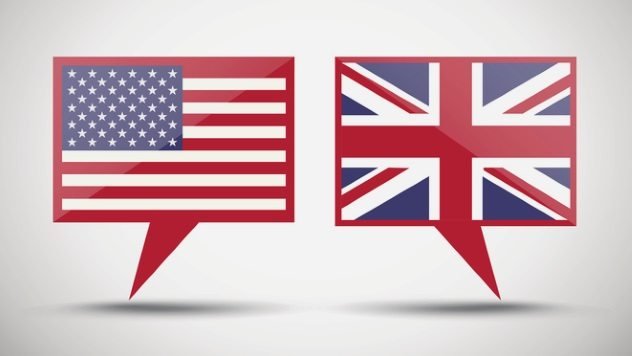
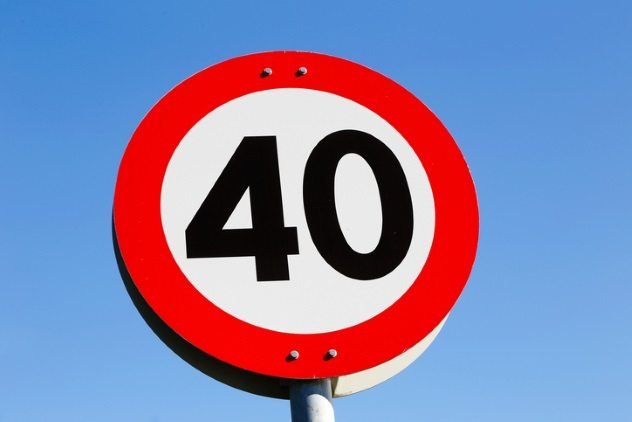
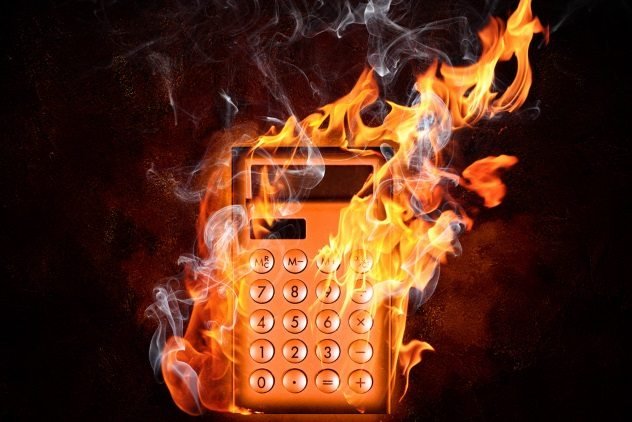


Congratulations! This post has been upvoted from the communal account, @minnowsupport, by amirmirza from the Minnow Support Project. It's a witness project run by aggroed, ausbitbank, teamsteem, theprophet0, someguy123, neoxian, followbtcnews/crimsonclad, and netuoso. The goal is to help Steemit grow by supporting Minnows and creating a social network. Please find us in the Peace, Abundance, and Liberty Network (PALnet) Discord Channel. It's a completely public and open space to all members of the Steemit community who voluntarily choose to be there.
If you would like to delegate to the Minnow Support Project you can do so by clicking on the following links: 50SP, 100SP, 250SP, 500SP, 1000SP, 5000SP. Be sure to leave at least 50SP undelegated on your account.
This post has received a 0.45 % upvote from @drotto thanks to: @banjo.